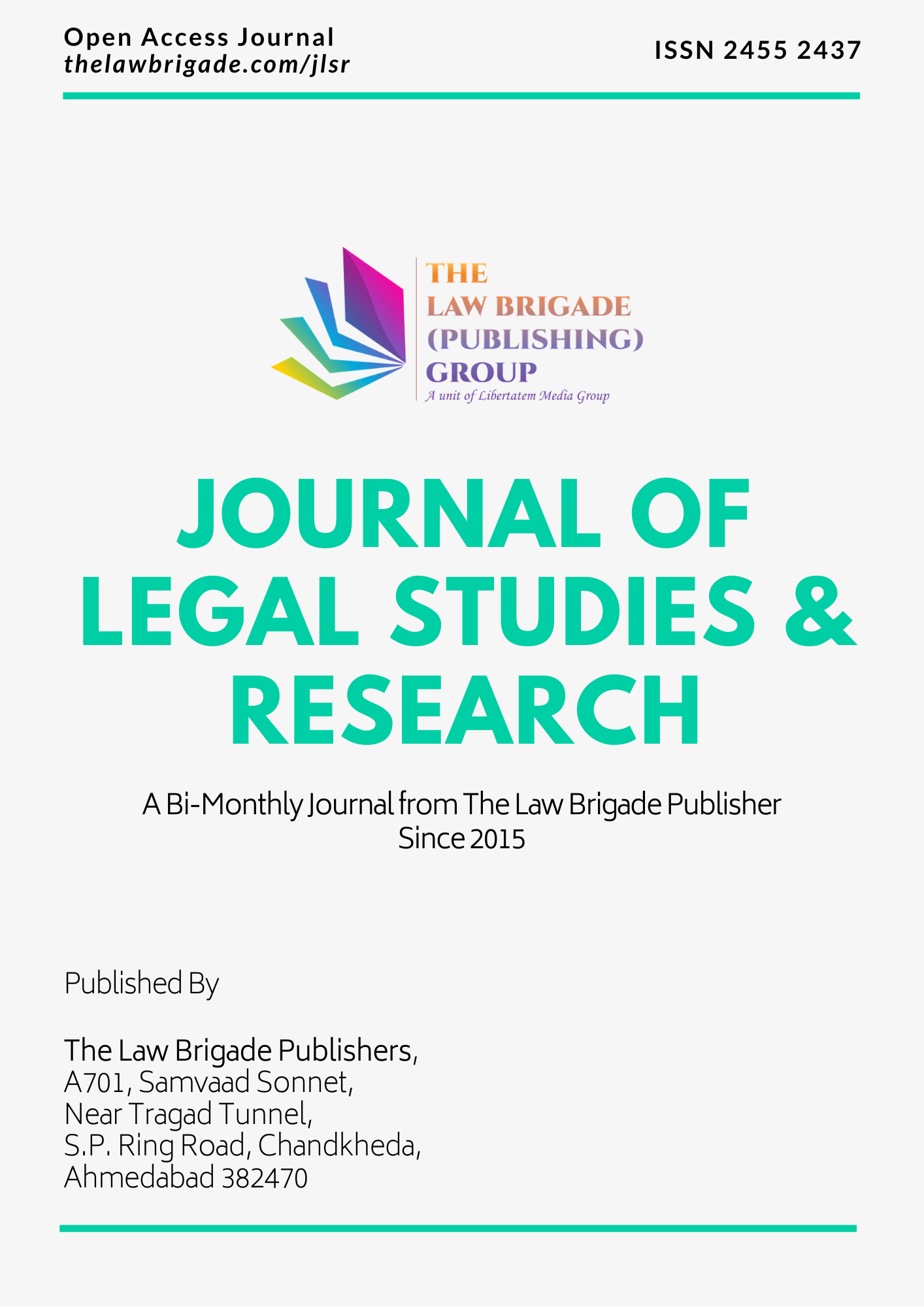Legal battle between the Indian Judiciary and the parliamentary bodies of the country started in the early 1950s. Perhaps no issue of Indian constitutional law has received more scholarly attention than the basic structure doctrine. The notion that courts can invalidate constitutional amendments poses difficult questions about the scope of judicial review and the nature of India’s democracy. This ‘basic structure doctrine’ today is a settled part of Indian constitutional Law, though only in five further cases the Supreme Court has invoked the doctrine to strike down constitutional amendments. The basic structure doctrine is a form of implicit unamendability – the Constitution of India has no explicitly unamendable provisions, and the Supreme Court has inferred protected principles from the Constitution’s structure. This paper will focus on the giving structure to the basic structure of Indian Constitution. This paper is divided into three parts; first part is the basic provisions and the evolution of the ‘basic structure doctrine,’ second part is about the Amendment powers as under Article 368, third part focus on the Judicial review of Constitutional Amendments as under Article 13.
Contradictory Statement of Article 13 and 368
Publication Information
Journal Title: Journal of Legal Studies & Research
Author(s): Varun J
Published On: 01/03/2024
Volume: 10
Issue: 1
First Page: 86
Last Page: 95
ISSN: 2455-2437
Publisher: The Law Brigade Publisher
DOI Not Allotted [Get DOI]
Cite this Article
Varun J, Contradictory Statement of Article 13 and 368, Volume 10 Issue 1, Journal of Legal Studies & Research, 86-95, Published on 01/03/2024, Available at https://jlsr.thelawbrigade.com/article/contradictory-statement-of-article-13-and-368/
Abstract
Keywords: Constitutional amendments, Basic structure doctrine, Judicial review, Doctrine of Separability, Doctrine of Eclipse
Share this research
Latest Publications
June 10, 2025





